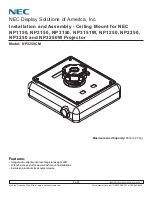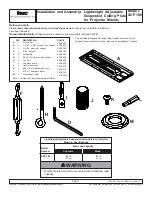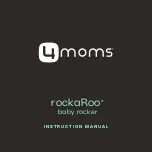
LIR18650R-25
•
Li-ion cylindrical rechargeable battery
Safety Instruction
Lithium-ion battery if use undeserved can cause cell damage and even harm the personalsafety, read it carefully
beforeusing and pay attention to the prevention measures.
Should there be any additional information required by the Customer, please contact us.
Danger!
1. Electrical misusage
1.1 Use or charge the battery only in the stipulated application.
1.2 Use the correct charger for Lithium-ion batteries.
1.3 When connecting a battery pack to a charger, ensure correct polarity.
1.4 Do not reverse charge batteries.
1.5 Do not maintain secondary batteries on charge when not in use.
2. Environmental misusage
2.1 Never put a battery into water or seawater.
2.2 Don’t throw the battery into the fire.
2.3 Do not use or leave the cell under the blazing sun (or in heated car by sunshine). The cellmay generate heat,
smoke or flame. And also, it might cause the deterioration of cell’scharacteristics or cycle life.
2.4 Do not dismantle, open or shred cells. Batteries should be dismantled only by trainedpersonnel. Multicell
battery cases should be designed so that they can be opened onlywith the aid of a tool.
2.5 Do not solder directly to batteries.
2.6 Do not subject batteries to adverse condition such as extreme temperature, deep cyclingand excessive
overcharge/over discharge.
2.7 Do not short-circuit batteries. Do not store batteries haphazardly in a box or drawer wherethey may short-circuit
each other or be short-circuited by conductive materials, permanentdamage to batteries may result.
2.8 Do not incinerate or mutilate batteries, may burst or release toxic material.
2.9 Do not subject batteries to mechanical shock.



























